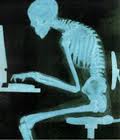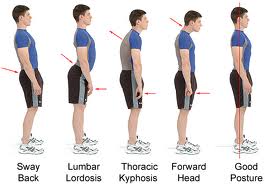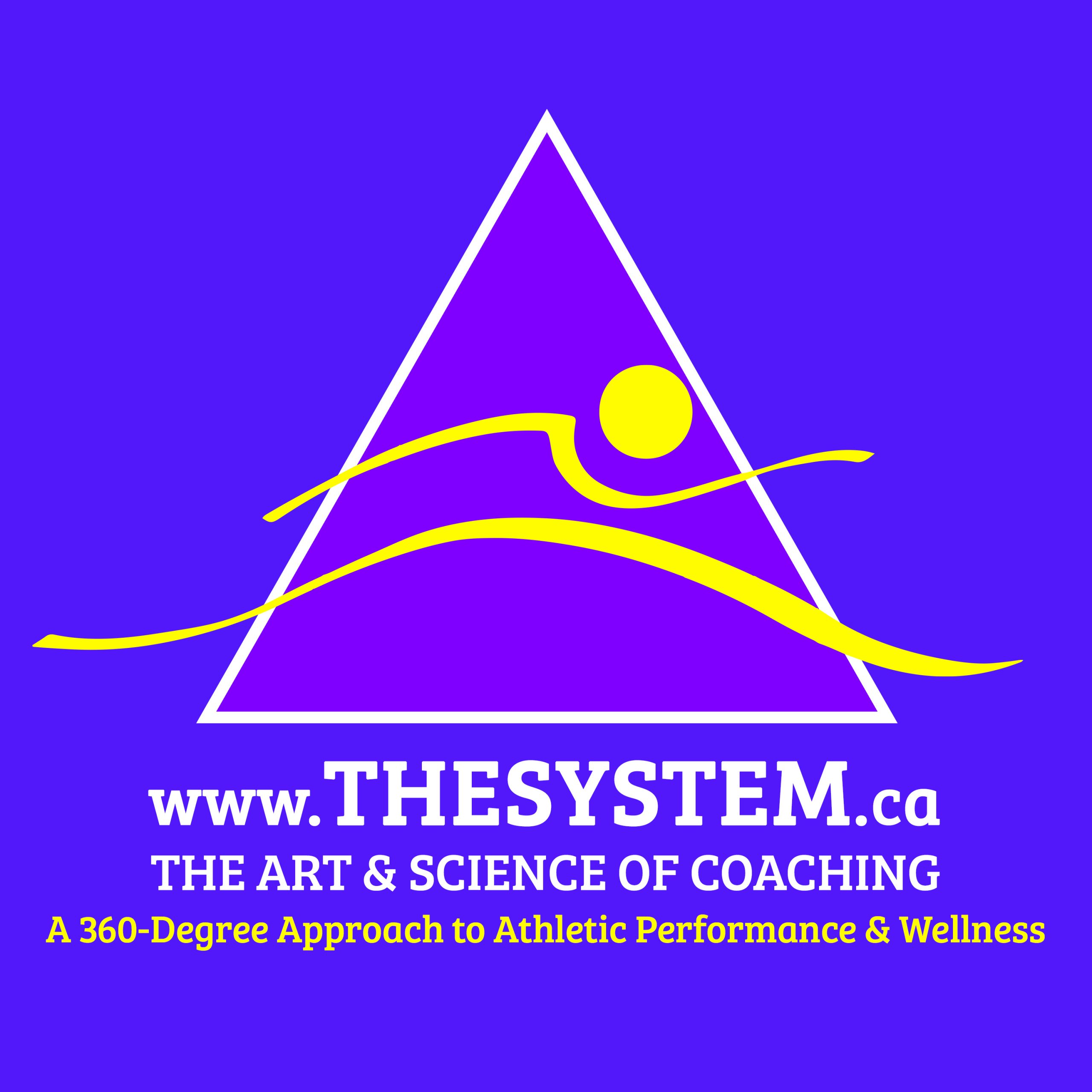All sporting activities require the athlete to maintain a certain level of technical form in order to execute optimal movement. The question is “How does the form breakdown? and Why?” Well, to address this question, one must understand what we mean by the concept of ‘Form.’
Form is what gives an object it’s shape, and in the case of athletics, as mentioned earlier, it relates to technical form as well as static structural form i.e. posture. The ability to “hold the Form” is dependent upon a number of factors such as:
1. Poor postural habits (i.e. for day-to-day habitual activity like working in front of computer)

2. Poor static posture (which can be related to the first point)
3. Insufficient posterior and anterior abdominal and back strength and strength-endurance, more specifically the balance between the spinal erectors and abdominals (See blog posts “IF WE HAD A BUCK FOR EVERY TIME SOME ATHLETE TOLD US THEY DID “PLANKS” FOR CORE WORK…..” & “SWIMMER’S POSTURE, PERFORMANCE & INJURY POTENTIAL” linked below).7
4. Insufficient proximal limb strength and strength-endurance (i.e. strength in the hips and shoulders)
5. Inadequate and / or non existent Long-term planning designed to support points 3 & 4. All athletes ‘breakdown’, but all we want to see is a breakdown potential of less than 10%. Therefore, for example, after a number of heats or a number of games, as in squash, we should only notice a minor breakdown in form.
6. Poor body weight to strength ratios which are inadequate to the areas mentioned in points 3 & 4. Moreover, insufficient to the development of speed an explosive power.8
7. Insufficient sagittal / torsional stabilization (i.e. left and right lateral stabilization) via the Quadratus Lumborum and the external obliques.
8. Chronic or Acute spasmed muscles as mentioned in points 3, 4 & 7 (See blog post regarding “Why do athletes continue to train, despite having muscles “hard as rocks”” linked below)
9. Improper motor conditioning of the muscles mentioned in points 3, 4 & 7. These muscles are not prepared for the cross-sectional movement patterns required for speed and power. (As an aside, we are not making reference to exercises such as “Cable Wood Chop”, or others similar to these movements, that load the muscle improperly. Although these are valid exercises, they do not specifically address the need that we want.6)
10. Insufficient distal limb strength and proprioception. This point pertains to foot and ankle strength.
11. Insufficient lower limb strength (i.e. hamstring, quadricep and gastroc strength)
12. Inability to focus and remain relaxed at high velocity.
13. Mouth breathing vs. Nose breathing.
14. Forcing the movement vs. allowing it to ‘happen.’
15. Weakness in the saccadic movement of the eyes.
16. Torsional Tension in the Dural Tube (Type in “Cranial Sacral Therapy” on Google or YouTube, it will give you more information on this topic).
If you liked this article you should also check out:
- “Why do athletes continue to train, despite having muscles “hard as rocks”“
- “IF WE HAD A BUCK FOR EVERY TIME SOME ATHLETE TOLD US THEY DID “PLANKS” FOR CORE WORK…..”
- “SWIMMER’S POSTURE, PERFORMANCE & INJURY POTENTIAL“




